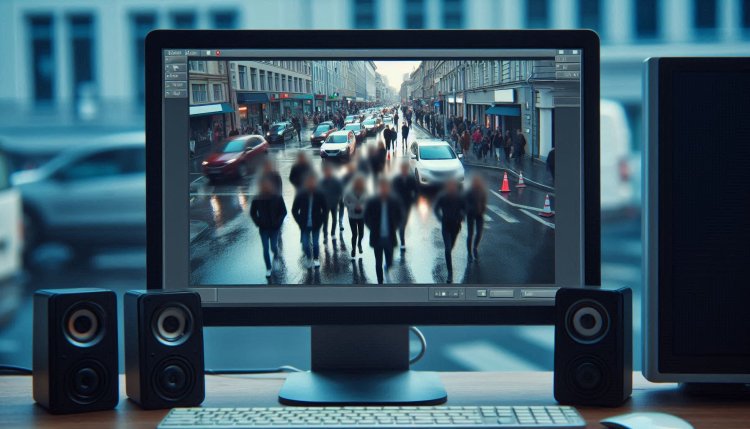Computer Vision
Computer Vision is a field of artificial intelligence that enables machines to interpret and understand visual information from images or videos.

Computer Vision
Computer vision is a field of artificial intelligence that enables computers to interpret and understand the visual world. It involves developing algorithms and techniques that allow machines to extract information from images or videos in a way that is similar to human vision.
Applications of Computer Vision
Computer vision has a wide range of applications across various industries:
- Autonomous Vehicles: Computer vision is used in self-driving cars to detect and recognize objects such as pedestrians, vehicles, and traffic signs to make real-time driving decisions.
- Healthcare: In the healthcare industry, computer vision is used for medical image analysis, disease diagnosis, and surgical assistance.
- Retail: Retailers use computer vision for tasks such as inventory management, customer tracking, and personalized shopping experiences.
- Surveillance: Security and surveillance systems employ computer vision for monitoring and analyzing video feeds to detect anomalies or potential threats.
- Augmented Reality: Computer vision is essential for creating augmented reality applications that overlay digital information on the physical world.
Techniques in Computer Vision
Computer vision algorithms rely on various techniques to process and analyze visual data:
- Image Classification: Classifying images into predefined categories using deep learning models like Convolutional Neural Networks (CNNs).
- Object Detection: Identifying and localizing objects within an image or video stream.
- Image Segmentation: Partitioning an image into multiple segments to understand the boundaries and relationships between objects.
- Feature Extraction: Extracting meaningful features from images to represent and compare visual data.
- Object Tracking: Continuously monitoring and following objects across video frames.
- Pose Estimation: Estimating the pose or orientation of objects in a scene.
Challenges in Computer Vision
Despite its advancements, computer vision still faces several challenges:
- Variability in Visual Data: Images can vary in terms of lighting conditions, viewpoints, occlusions, and backgrounds, making it challenging to develop robust algorithms.
- Data Annotation: Training computer vision models often requires large labeled datasets, which can be time-consuming and expensive to create.
- Interpretability: Understanding and interpreting the decisions made by deep learning models can be difficult due to their complex and opaque nature.
- Ethical Considerations: Issues related to privacy, bias, and fairness need to be addressed to ensure responsible deployment of computer vision technology.
Future of Computer Vision
The field of computer vision is rapidly evolving, driven by advancements in deep learning, hardware acceleration, and the availability of large-scale datasets. Some key trends shaping the future of computer vision include:
- Edge Computing: Moving computation closer to the edge devices to enable real-time processing and reduce reliance on cloud infrastructure.
- Explainable AI: Developing techniques to make computer vision models more transparent and interpretable to users.
- Multi-modal Learning: Integrating information from multiple sources such as images, text, and audio to improve the understanding of complex scenes.
- Continual Learning: Enabling computer vision systems to adapt and learn from new data over time without forgetting previous knowledge.
In conclusion, computer vision plays a crucial role in enabling machines to perceive and understand the visual world, with applications spanning across industries. As the field continues to advance, addressing challenges such as data variability and ethical considerations will be essential for the responsible development and deployment of computer vision technology.
What's Your Reaction?

















